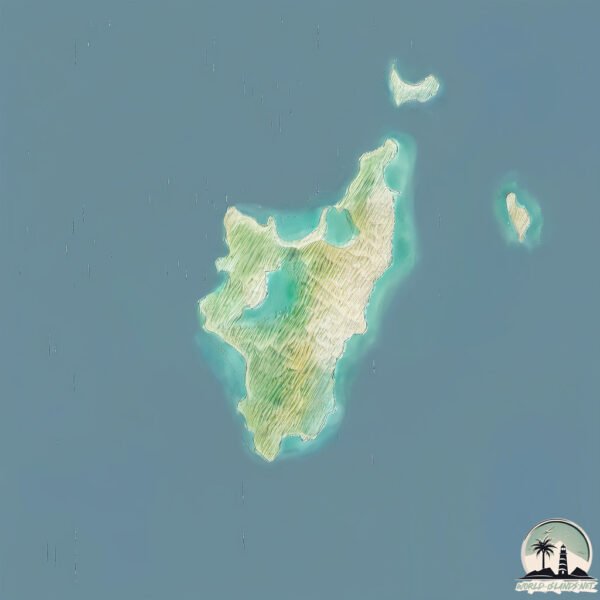Welcome to Ko Lan , a Tropical island in the Gulf of Thailand, part of the majestic Pacific Ocean. This guide offers a comprehensive overview of what makes Ko Lan unique – from its geography and climate to its population, infrastructure, and beyond. Dive into the details:
Geography and size of Ko Lan
Size: 5.382 km²Coastline: 13.2 kmOcean: Pacific OceanSea: Gulf of ThailandContinent: Asia
Ko Lan is a Small Island spanning 5.4 km² with a coastline of 13.2 km.
Archipel: –
Tectonic Plate: Sunda – Extends across Southeast Asia, encompassing parts of the Sunda Shelf, known for its interaction with the Australian Plate, contributing to volcanic activity in Indonesia.
The geographic heart of the island is pinpointed at these coordinates:
Climate and weather of Ko Lan
Climate Zone: TropicalClimate Details: Tropical Savanna, WetTemperature: Hot
Climate Characteristics: Defined by distinct wet and dry seasons with high temperatures year-round. Pronounced rainfall occurs during the wet season, while the dry season is marked by drought.
Topography and nature of Ko Lan
Timezone: UTC+07:00Timezone places: Asia/JakartaMax. Elevation: 72 m Mean Elevation: 34 mVegetation: Open WoodlandTree Coverage: 49%
The mean elevation is 34 m. The highest elevation on the island reaches approximately 72 meters above sea level. The island is characterized by Plains: Flat, low-lying lands characterized by a maximum elevation of up to 200 meters. On islands, plains are typically coastal lowlands or central flat areas.
Dominating Vegetation: Open Woodland
Vegetation: 7 vegetation zones – Very Highly Diverse Island
Infrastructure and Travelling to Ko Lan
Does the island have a public airport? no .
Does the island have a major port? no .
The mean population of Ko Lan is 691 per km². Ko Lan is Densely Populated. The island belongs to Thailand .
Continuing your journey, Khram Yai is the next notable island, situated merely km away.
Koh Larn | Day trip from Pattaya
Great get away for those staying in Bangkok as its only a 2 and half hour journey to Koh Larn. Its also a perfect day trip for those ...
Koh Larn | Day trip from Pattaya
Great get away for those staying in Bangkok as its only a 2 and half ...
Great get away for those staying in Bangkok as its only a 2 and half hour journey to Koh Larn. Its also a perfect day trip for those ...
Paradise Island Outside Pattaya, Thailand KOH LAN (Koh Larn)
In this video you will see the Famous island of Koh Lan (Koh Larn) ...
In this video you will see the Famous island of Koh Lan (Koh Larn) located outside of Pattaya and Jomtien just 1 hours bus ride ...
"UNVEILING KOH LARN: Pattaya’s Secret Island Escape You’ll Fall in Love With!"
Unveiling Koh Larn: Pattaya's Secret Island Escape You'll Fall in Love ...
Unveiling Koh Larn: Pattaya's Secret Island Escape You'll Fall in Love With! Support our Youtube channel “Thailand Walkabout” ...
Thailand is classified as Emerging region: G20: Group of Twenty – Major economies comprising both developed and emerging countries, representing the world’s largest economies. The level of income is Upper middle income.
News – Latest Updates and Headlines from Ko Lan
Stay informed with the most recent news and important headlines from Ko Lan. Here’s a roundup of the latest developments.
Loading...
Please note: The data used here has been primarily extracted from satellite readings. Deviations from exact values may occur, particularly regarding the height of elevations and population density. Land area and coastline measurements refer to average values at mean high tide.

